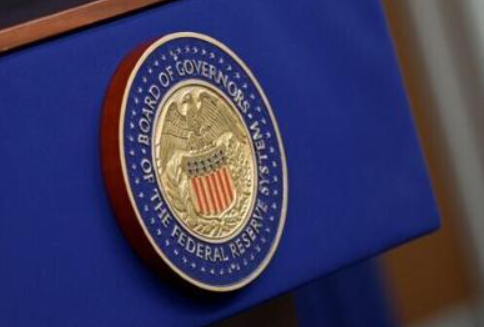Asian stock markets advanced Tuesday, fueled by a resurgence in Wall Street optimism over potential interest rate cuts from the U.S. Federal Reserve. The uptick comes amid growing signs of a slowing American economy and persistent trade tensions sparked by former President Donald Trump’s tariff policies.
The market rebound follows a shaky end to last week, when a weaker-than-expected U.S. jobs report for July rattled investors. Not only did job creation fall short of forecasts, but employment data for the previous two months was also revised significantly downward—raising fresh concerns about the health of the world’s largest economy.
However, what initially appeared as bad news for the U.S. labor market quickly morphed into a bullish narrative for traders betting on looser monetary policy.
Rate Cut Odds Surge After Soft Jobs Data
Market sentiment flipped as investors began pricing in a near-certain chance—around 95%—of a 25 basis point rate cut at the Fed’s next policy meeting in September. Some analysts are even speculating the central bank could move more aggressively.
Stephen Innes, managing partner at SPI Asset Management, summed it up: “Soft jobs equals soft Fed, and soft Fed equals risk-on.” Still, he offered a cautionary note. “If cuts are coming because the labor market is cracking—not just cooling—then we’re closer to serious trouble than investors want to admit.”
He added that the distinction between rate cuts as a preventive stimulus versus a reaction to accelerating economic weakness is now “front and center” in market psychology.
Asian Stocks Rally Across the Board
The upbeat sentiment was mirrored across Asia-Pacific exchanges. Markets in Tokyo, Hong Kong, Shanghai, Seoul, Sydney, Singapore, Taipei, Manila, and Jakarta all opened higher on Tuesday.
The momentum reflects a broader belief that central banks—particularly the Fed—will step in to stabilize markets amid growing global headwinds.
Not Everyone Is Buying the Rate Cut Story
Despite the market enthusiasm, some voices remain skeptical. Ronald Temple, chief market strategist at Lazard, pushed back against expectations of a Fed pivot.
“I don’t see rate cuts coming this year,” Temple wrote. “Tariff-induced inflation and a relatively stable unemployment rate suggest the Fed should hold steady until we have clearer visibility on how trade policy and tighter immigration rules are affecting the economy.”
Temple’s stance echoes that of several Federal Open Market Committee (FOMC) members who prefer a wait-and-see approach, highlighting the divide between investor hopes and policymaker caution.
Trade Tensions Still in Play
Meanwhile, trade remains a major wildcard. Investors are keeping a close eye on negotiations between the U.S. and its global trading partners, especially after Trump’s decision to impose tariffs ranging from 10% to 41% on several countries.
India, one of the affected nations, recently struck a trade deal with Washington—but tensions flared again after Trump threatened to hike tariffs in retaliation for New Delhi’s continued oil imports from Russia.
The Bottom Line
While equity markets are enjoying a bounce on the back of potential Fed easing, the underlying signals from the economy—and global geopolitics—are mixed. Whether this rally has staying power depends less on rate cuts themselves, and more on the reasons behind them.
If the Fed is acting to prevent damage, markets may keep climbing. But if the rate cuts are a response to deeper structural weakness, investors may soon find themselves looking over the edge.

